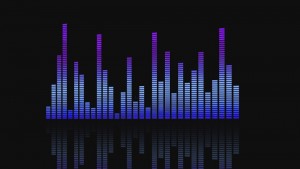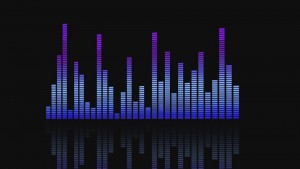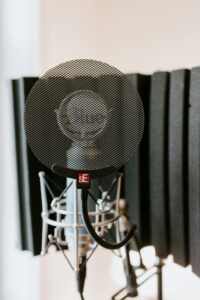 Most voice-over talent focus their time and money on their hardware thinking about what kind of microphone they should have and what type of software they should use to record and edit their work. These are important considerations, but there’s more to it. When it comes to quality recordings, it’s important that the recording space is configured to absorb ambient sound. Effective and complete sound dampening is paramount. Think about how your buyers view this topic. Here’s a description that a friend of mine recently posted for a well-paying high-profile gig that she was doing the casting for: “Your HOME STUDIO MUST meet the up-most professional standards unless you live in Los Angeles.” Read that closely and catch the implication. The industry expectation is that recording quality from a home studio is at the same level as a professional recording studio. While home studios are known and accepted by clients worldwide, they also know that not all home studios are created equal. This makes your buyers hypersensitive to recording quality. Therefore, we must focus on soundproofing our home studios to produce the finest quality voice-over recordings.
Most voice-over talent focus their time and money on their hardware thinking about what kind of microphone they should have and what type of software they should use to record and edit their work. These are important considerations, but there’s more to it. When it comes to quality recordings, it’s important that the recording space is configured to absorb ambient sound. Effective and complete sound dampening is paramount. Think about how your buyers view this topic. Here’s a description that a friend of mine recently posted for a well-paying high-profile gig that she was doing the casting for: “Your HOME STUDIO MUST meet the up-most professional standards unless you live in Los Angeles.” Read that closely and catch the implication. The industry expectation is that recording quality from a home studio is at the same level as a professional recording studio. While home studios are known and accepted by clients worldwide, they also know that not all home studios are created equal. This makes your buyers hypersensitive to recording quality. Therefore, we must focus on soundproofing our home studios to produce the finest quality voice-over recordings.
The good news is that high quality recording is achievable from home! If you’re resourceful and creative, it can be done inexpensively as well. The goal in the end is for the recording to be utterly clean, clear, and professional as defined by those who write the checks. Clothing, comforters, blankets, and pillows can all help soak up some unwanted room-tone. If you’re using a space like a closet, which is common, the more immersed into the space you can be, the better off you’ll be. There are products like bed-topping foam that you can get cheaply at retailers like Walmart or Bed Bath & Beyond. While the material isn’t scientifically formulated to be used as acoustic foam panels, they can help.
Allotting some money for sound absorption is a very wise move. There are products on the market that offer solutions that attach to your mic stand to go behind or around the mic itself. While these are helpful, they don’t always represent a whole or complete solution. After all, the sound is coming from you, not the mic. Therefore, focus on absorption that goes around you and your mic. Sound absorption panels designed specifically for this purpose by companies like Auralex are ideal. Atsacoustics.com and acousticmac.com are also some online sources for professionally engineered sound absorption panels.
Other creative resources include Owens Corning fiberglass panels that you can get in bundles at a local home improvement store, as well as rockboard or even mineral wool sheets. These all are often sold as 2×4 rigid or semi-rigid panels and can be found online or at a local retailer. If you go this route, you’ll want to cover them in a fabric like burlap or a cotton weave to allow sound to easily permeate through to the absorption material. Most professional studios I’ve produced or performed in have lots of this material on the walls or as mounted free-standing baffles.
Your recording space should be eerily quiet, so quiet that when you clap your hands, there’s nothing but an echoless thud. You can get apps on your smartphone like db Meter Pro that will measure the decibel levels in your space. If your readings are consistently under the below whisper level of 30 decibels, you’re definitely on the right track.
If you’re going to obsess over anything in terms of hardware or setup, this is the area to focus on. There is a high need for improvements in this area industry wide, and I’m inventing a new solution just for voice-over talent. A shameless plug, perhaps, but necessity is the mother of invention! So, stay tuned for more on that to come from True Tone Studios LLC, and continue focusing on making your home studio recording space quieter than a mouse.
Check out our VO Pro Membership for more content like this!
Brian Thon is one of many successful graduates of the Such A Voice training program. His own ever expanding voice credits span 25 years and include independent film, live television, radio and events. He voices work from professional sports teams to Fortune 500 companies, from GE Healthcare to Fox News. Through his own multimedia company, True Tone Studios, LLC, Brian writes, produces and hosts the groundbreaking new weekly radio show, Track Jumping, which is designed for national syndication.
Want to hear voice-over professional Brian Thon work his magic with his voice? Listen to the live recording of this blog piece.
We also have a video of some of the top tips for soundproofing your home recording studio!





